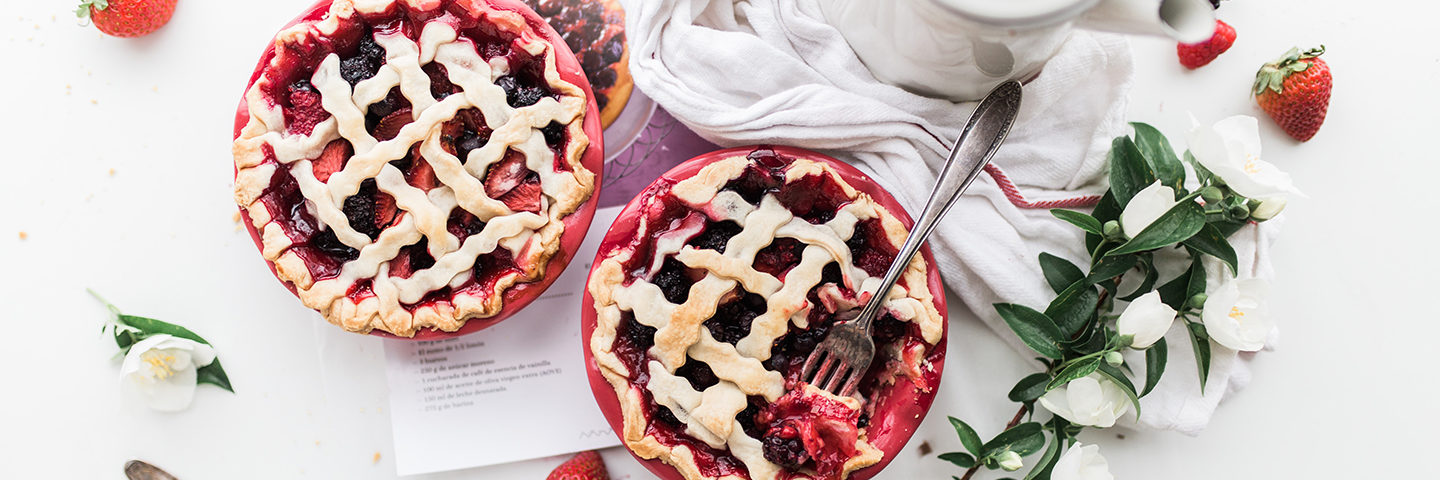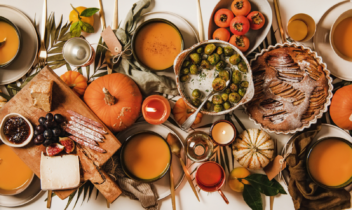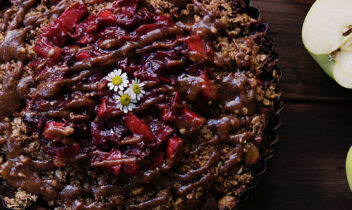
Is Your Brain Wired to Create Food Cravings?
Food cravings have a lot less to do with biology and more to do with psychology.
We all have cravings – in a study published in the journal Appetite, 97% of women and 68% of men reported experiencing them. Cravings are motivational states that push us to seek out and eat a particular food. Overall, the most commonly craved foods are those that are very high in salt, sugar and fat, such as french fries, chips, and chocolate. Across the board, the most craved foods have one thing in common: they are high in calories.
At times, these intense desires to consume a particular food can indicate a nutritional deficiency. For example, if you regularly find yourself craving ice, you may be iron deficient. Or if your diet lacks adequate amounts of sodium, you may feel drawn to seek out salty foods. If our normal cravings were actually indicative of nutritional deficiencies, however, a lot more people would be experiencing an insatiable desire for kale and broccoli. It turns out that cravings have a lot less to do with biology and more to do with psychology.
The science behind this phenomenon has revealed there are a lot of psychological factors that come into play when you’re dealing with a craving. The hippocampus is involved in memory, which impacts how your brain responds to the food you eat. Specific areas of the brain help create emotional connections with food and help form habits. Certain hormones are also released when you eat a food you really enjoy. Hormones, memories and other various mechanisms combine to create a Pavlovian response, or a sensory cue that causes craving. Cravings seem to peak when we are hungry or dieting. In her article, The Craving Brain, Katie Fesler writes, “understanding that memory and hunger have such large roles in eliciting cravings make creating a toolbox to manage them much easier.”*
Our Advice
Now that you’re aware of how your brain influences cravings, you can create ways to outsmart the system.
6 Ways to Get a Grip on Your Food Cravings
- Engaging in any sort of physical activity may curb cravings, so go for a walk!
- Try smelling something else that has a pleasant but nonfood odor to help monopolize your brain’s working memory.
- Thanksgiving turkey and your grandma’s homemade apple pie bring back a flood of good feelings. Learn how to give the less healthy foods you love a makeover.
- Enjoy comfort foods! It’s ok to eat your favorite foods. How To Fit Your Favorite Foods Into A Healthy Diet
- Cravings are triggered by images, and when you’re out and about you’re bombarded with unhealthy options. Learn how to keep healthy snacks on hand to beat cravings.
- Craving something sweet? Check out our Fruit & Veggie Recipe Database to find new ways to satisfy that sweet tooth with fruit-inspired desserts!


